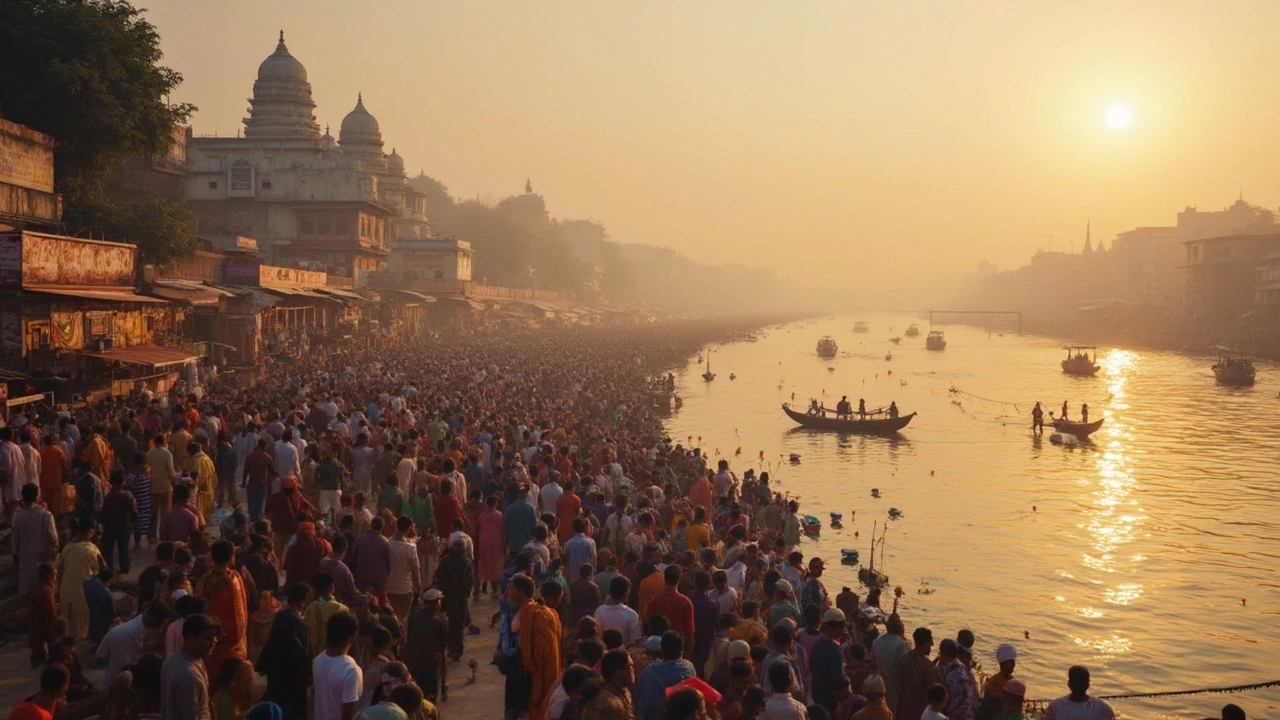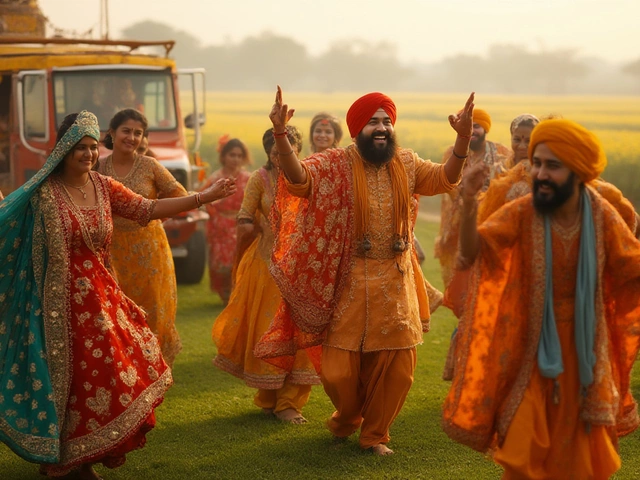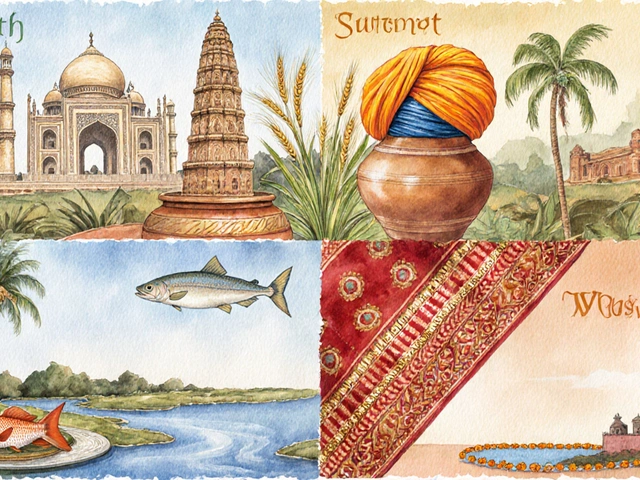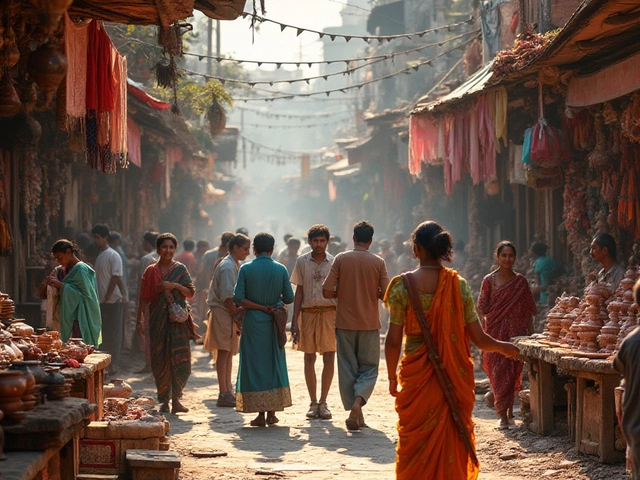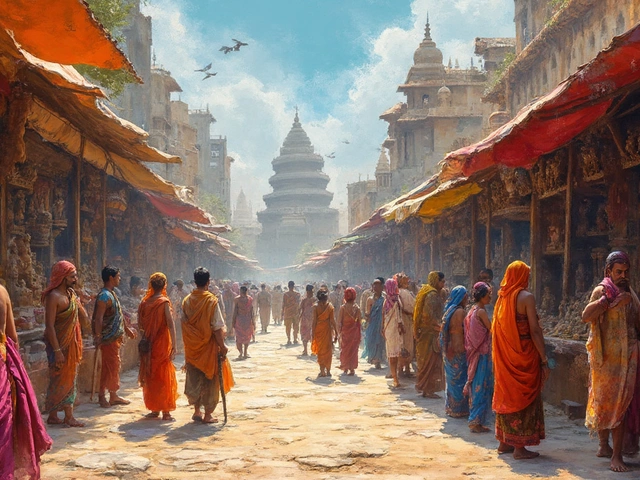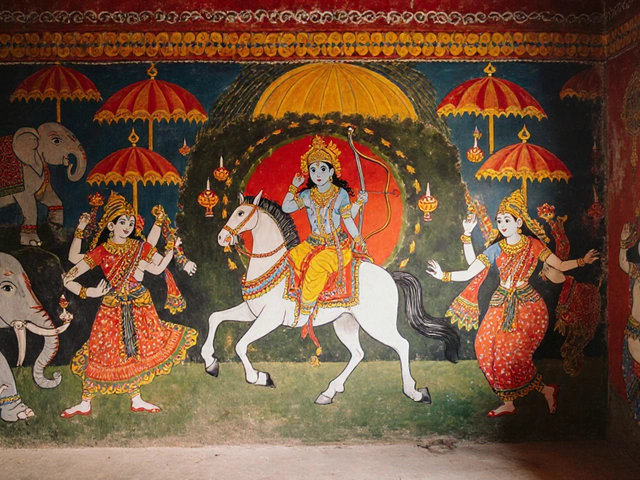Cultural Tourism in India: Explore Traditions, Festivals, and Living Art
When you think of cultural tourism, travel that connects you to the real heartbeat of a place through its art, rituals, and daily life. It’s not just visiting temples or markets—it’s sitting with a family in Gujarat as they paint a Pithora mural, learning the rhythm of a Bhangra step in Punjab, or joining a village in Tamil Nadu during a temple festival. This is cultural tourism: a way to move beyond postcards and into the soul of India. Unlike regular sightseeing, it asks you to engage, not just observe. You’re not just seeing a dance—you’re learning why it’s tied to harvests. You’re not just tasting street food—you’re understanding how it’s shaped by centuries of trade, climate, and faith.
India’s Indian festivals, vibrant, region-specific celebrations rooted in religion, season, and community. Also known as cultural events, they’re the heartbeat of local identity. Diwali isn’t just lights—it’s the moment families in Uttar Pradesh make rangoli with rice flour, while in Kerala, Onam means a 10-day feast laid out on banana leaves. These aren’t performances for tourists—they’re lived traditions. And that’s what makes cultural tourism here so powerful. You don’t watch heritage—you taste it, wear it, dance to it.
traditional art forms, handmade crafts and performances passed down for generations, often tied to spiritual or community practices. Also known as folk art, they’re not museum pieces—they’re alive. From the intricate terracotta of West Bengal to the textile patterns of Assam, these arts are still made by hands in villages, not factories. You can meet artists in Rajasthan who paint miniature scenes on cloth, or watch weavers in Varanasi turn silk into stories. These aren’t souvenirs. They’re memory made visible.
And then there’s Indian heritage, the layered history of language, food, music, and architecture that defines different parts of the country. Also known as cultural identity, it’s what makes North India different from the South, and the East from the West. You can’t understand the music of Hindustani ragas without knowing the climate that shaped its slow, meditative tones. You can’t grasp Tamil Nadu’s temple towers without seeing how they once doubled as community centers. Heritage isn’t something you read about—it’s something you feel in the air, in the way people greet you, in the silence before a ritual begins.
This collection of articles doesn’t just list places to visit. It shows you how to travel deeper. You’ll find guides on what to wear at a wedding in Rajasthan, why certain foods are banned in some states, how yoga fits into spiritual life, and why a simple Om symbol carries centuries of meaning. You’ll learn how to spot the difference between Carnatic and Hindustani music, why Pithora art is never signed, and how a single dance step can hold the history of a whole region.
Whether you’re planning your first trip to India or you’ve been coming for years, cultural tourism here isn’t about checking boxes. It’s about listening. It’s about asking questions. It’s about realizing that behind every festival, every dish, every song, there’s a story that’s still being written—right in front of you.
